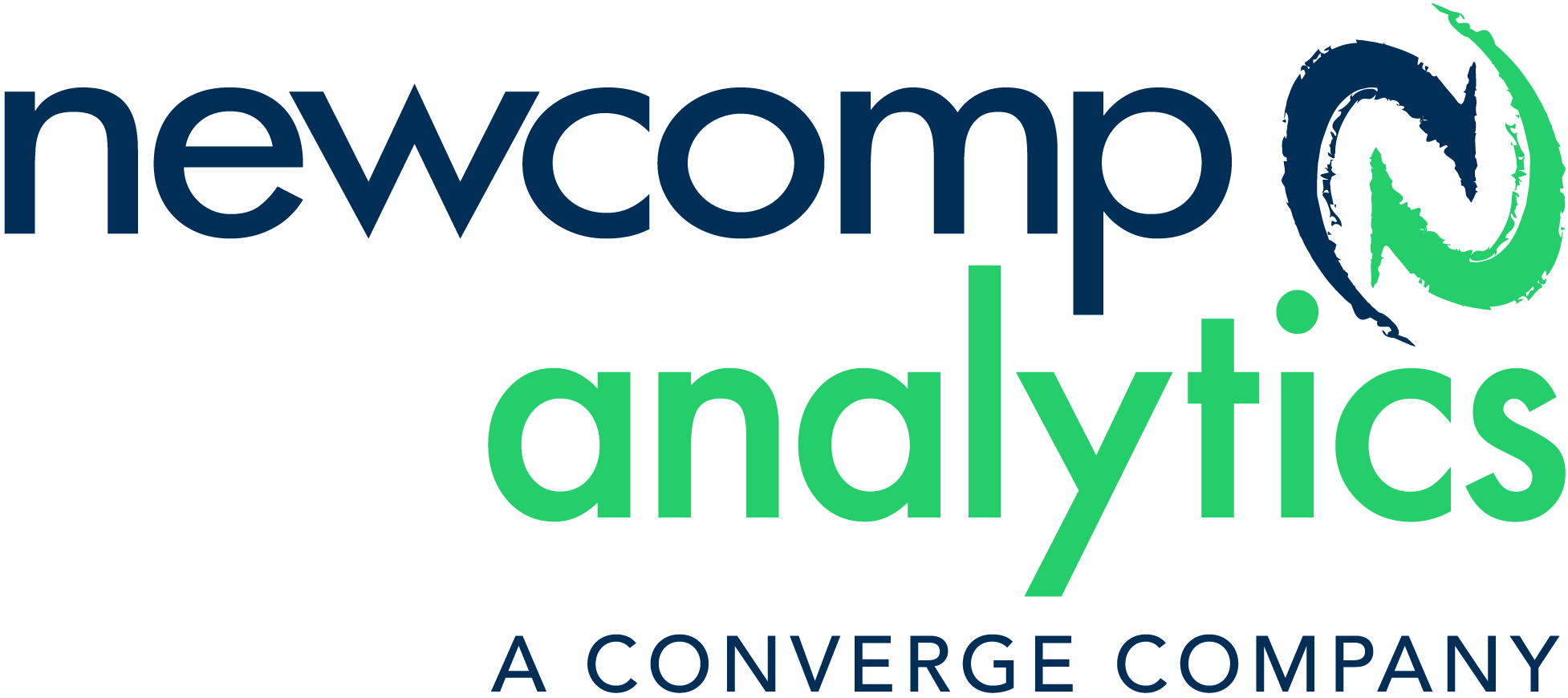What You Need to Know about Data Modernization
Converge Technology Solutions Corp. Acquires Newcomp Analytics
Optimal Techniques for Modernizing Your Data Architecture
Posted Sep 8, 2022
In Business Analytics, Business Intelligence, Data Science, General, Performance Management
The need to quickly adapt to shifting market conditions is placing greater pressure than ever on organizations. To accomplish this, they must be able to access and evaluate their data with speed and ease.
However, many organizations find themselves hamstrung by their data architecture, which can be complex, siloed, and difficult to change.
Modernizing your data architecture can help you overcome these challenges and make your organization more agile. By simplifying and standardizing your data architecture, you can make it more flexible and easier to change. Doing so will allow you to respond more easily to changing needs and take advantage of new opportunities.
Say the organization is experiencing a significant data influx that your present data architecture is unable to handle. In that situation, it’s time to think about updating your data architecture to make sure you capture and manage data—one of your organization’s most significant assets.
If you use best practices and the appropriate technologies, your modernization project can yield a positive return on investment. Here’s a look at some of the optimal techniques that can keep your data architecture management up-to-date:
Get Rid of Internal Data Silos
Making your internal data accessible to people who need it at the right time is a component of updating your data architecture.
People accidentally duplicate data when it is kept in various repositories. Consequently, this means no one is aware of which information is reliable.
To modernize data architecture, these impediments must be removed, and then data must be cleaned and validated to ensure that it is correct and comprehensive. Otherwise, the company will not benefit from the data it collects.
Make Sure All Your Data Is Reliable
Making your data accessible to people who need it is another aspect of updating your data architecture. Integrating, purging, and validating data from internal sources is a wonderful place to start for many businesses, but that is just the start.
Modernizing your data architecture entails making sure you have a mechanism to ingest data from other sources, cleanse it, de-duplicate it when needed, and validate it. This is because the company must now rely on data coming from external sources as well.
Consider Various Data Forms and Formats
The days of just having structured data that could be quickly evaluated with common tools are long gone. Big data and cloud computing have increased the amount of structured and unstructured data tremendously, and that data may contain crucial information for your business.
Your data architecture should therefore be designed to support data from various sources in both structured and unstructured formats. If not, you will be omitting crucial data that you require to make sensible business decisions.
Establish Reliable Data Governance
Your data architecture must support every step of the process of maintaining data quality. Therefore, your company’s strong data governance policy should be a component of your modernization strategy.
Modernizing your data architecture is crucial if you want to support robust data governance, even though many businesses may only pay lip service to the idea.
By doing this, you can have faith in your data and rely on it to guide the kind of strategic choices that will offer you a competitive advantage.
Conclusion
You need to think carefully about the future as you update your data architecture. You require a solution that scales easily, manages the current level of data, and can handle much more data.
Consider how much data your business has produced over the past five years, and then make an educated assumption about what the future may bring. Build for that future with a flexible, agile architecture that supports in-the-moment reporting and analysis.Newcomp Analytics can assist you with data architecture modernization. Through the use of data science, machine learning, and AI, we help organizations access their data by combining development and strategic experience. Contact us right away to learn more!


